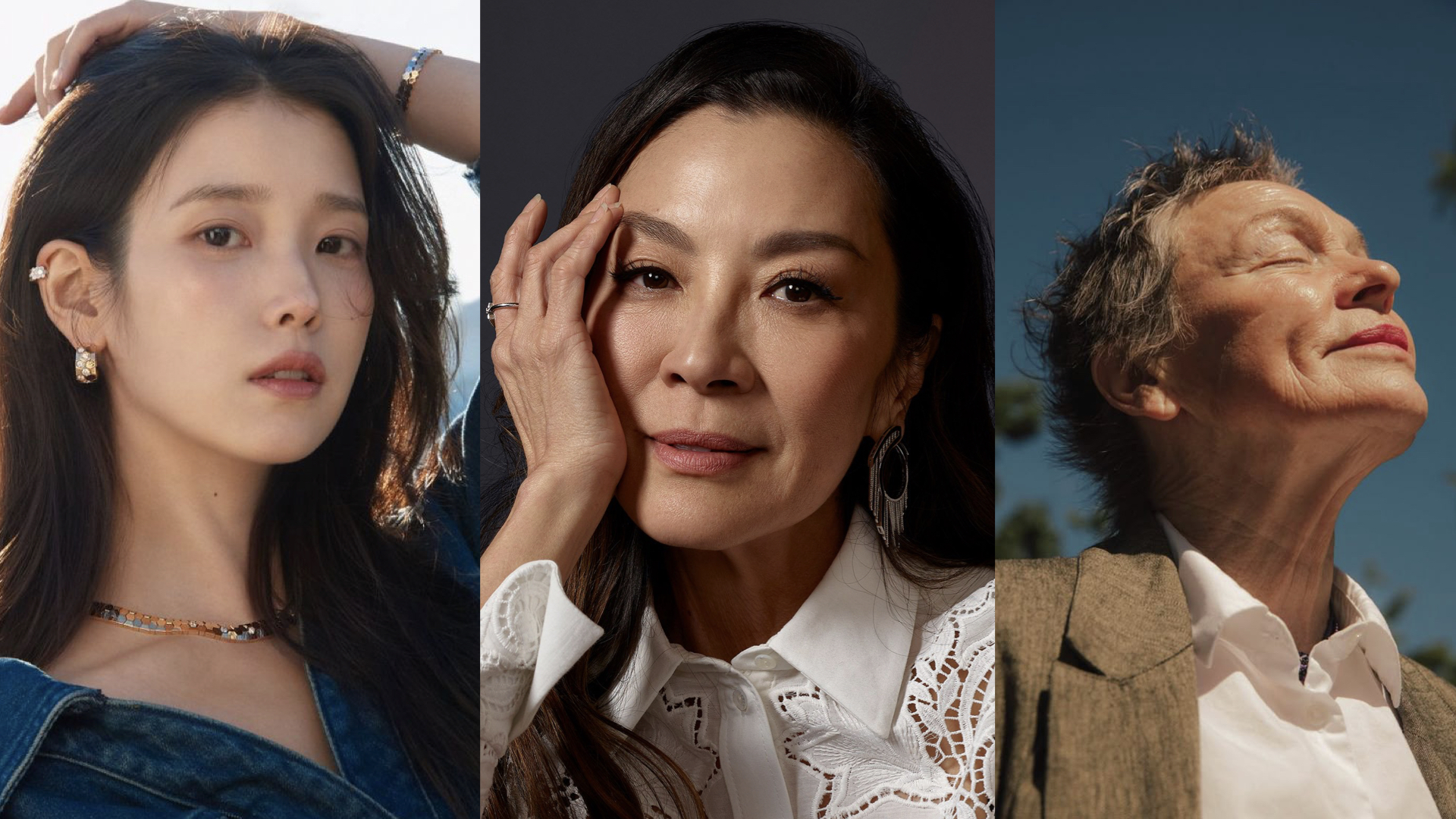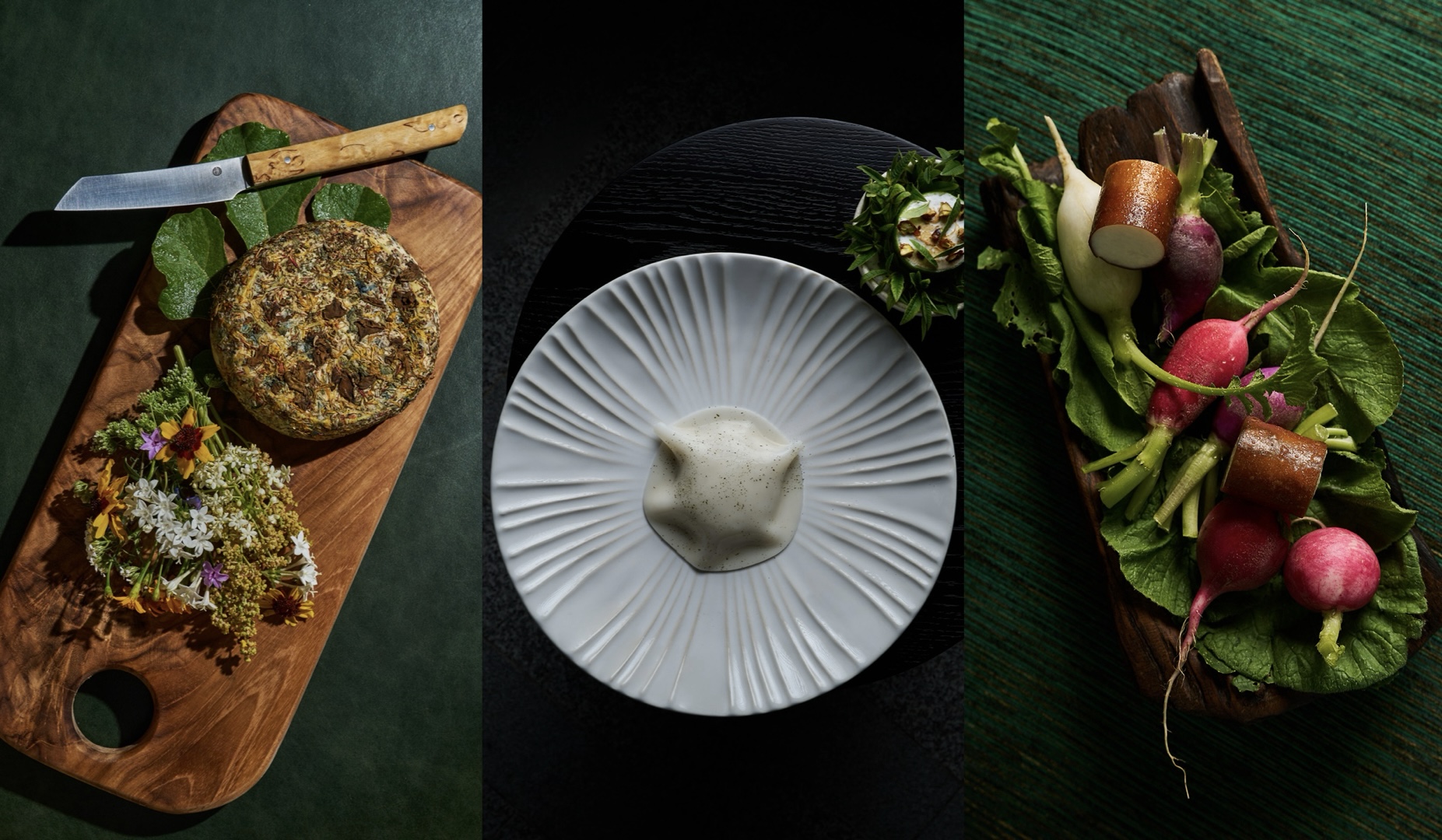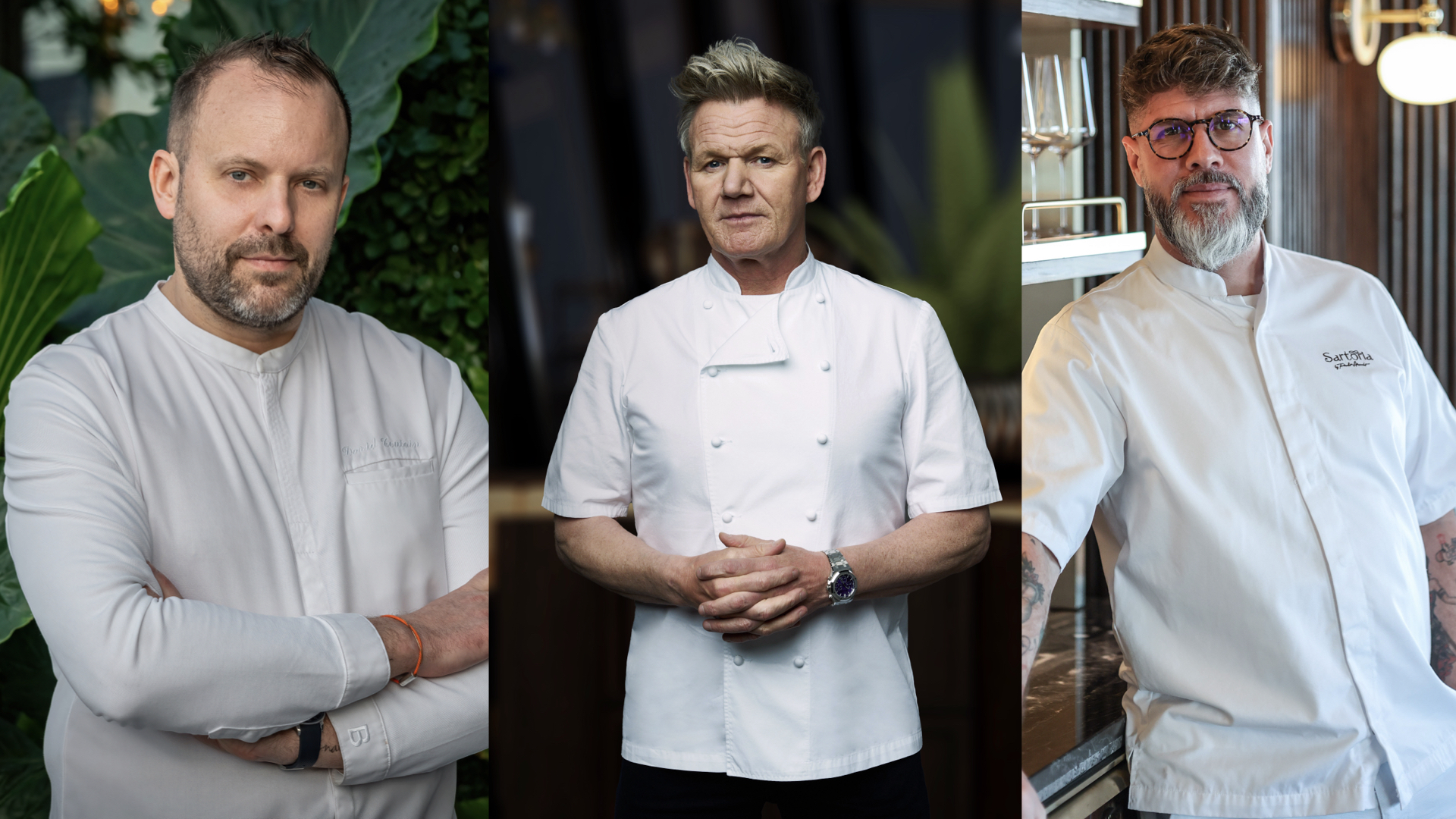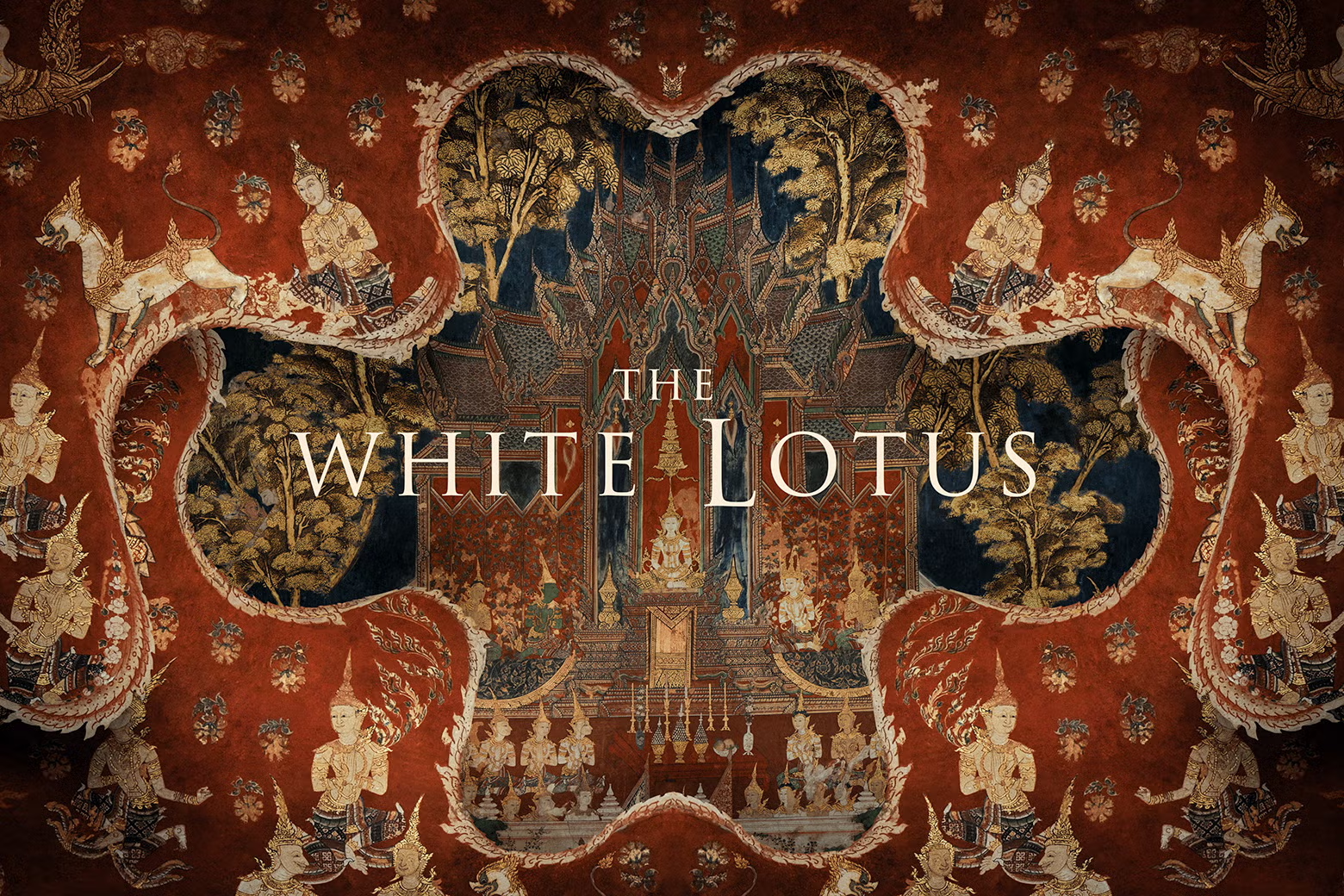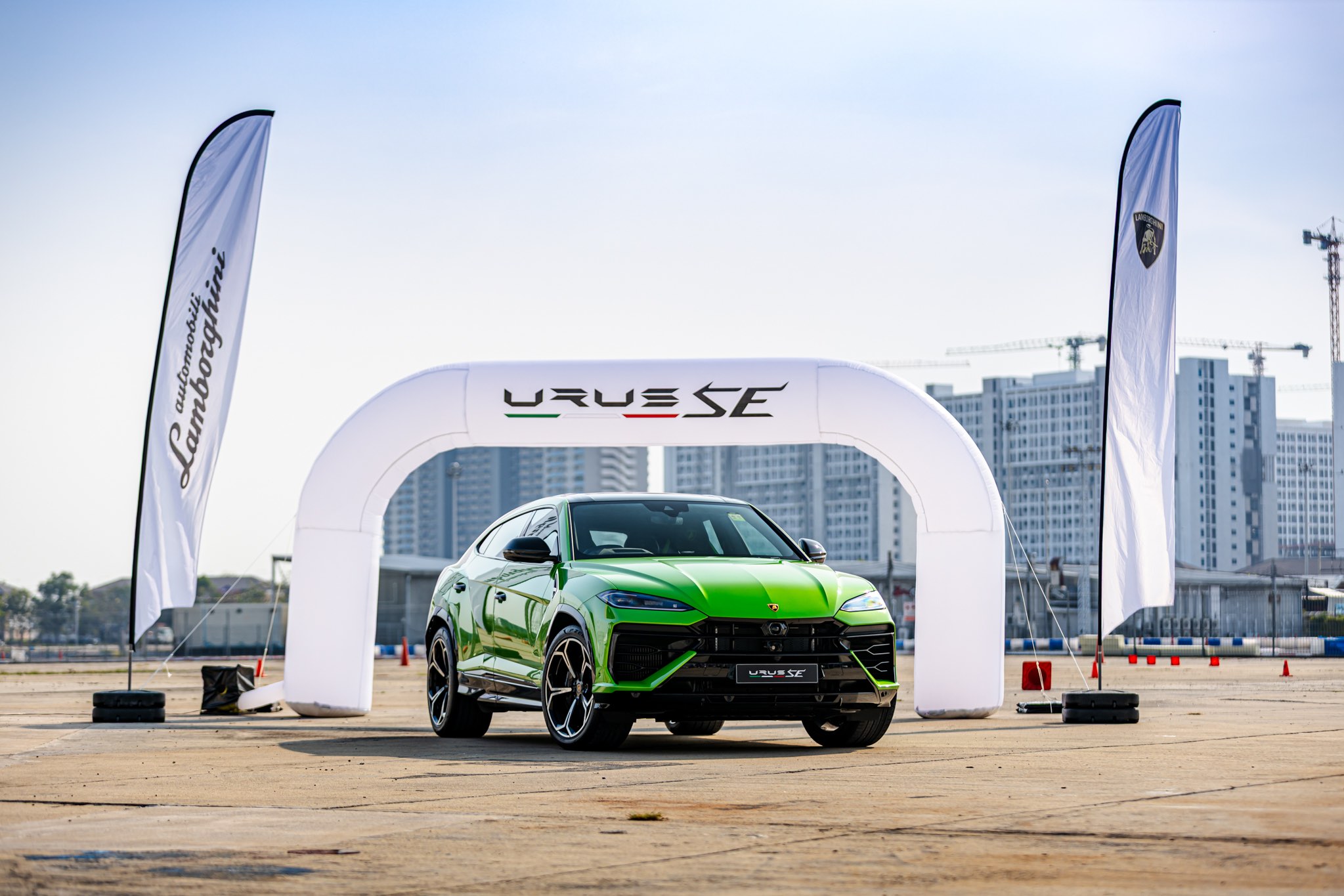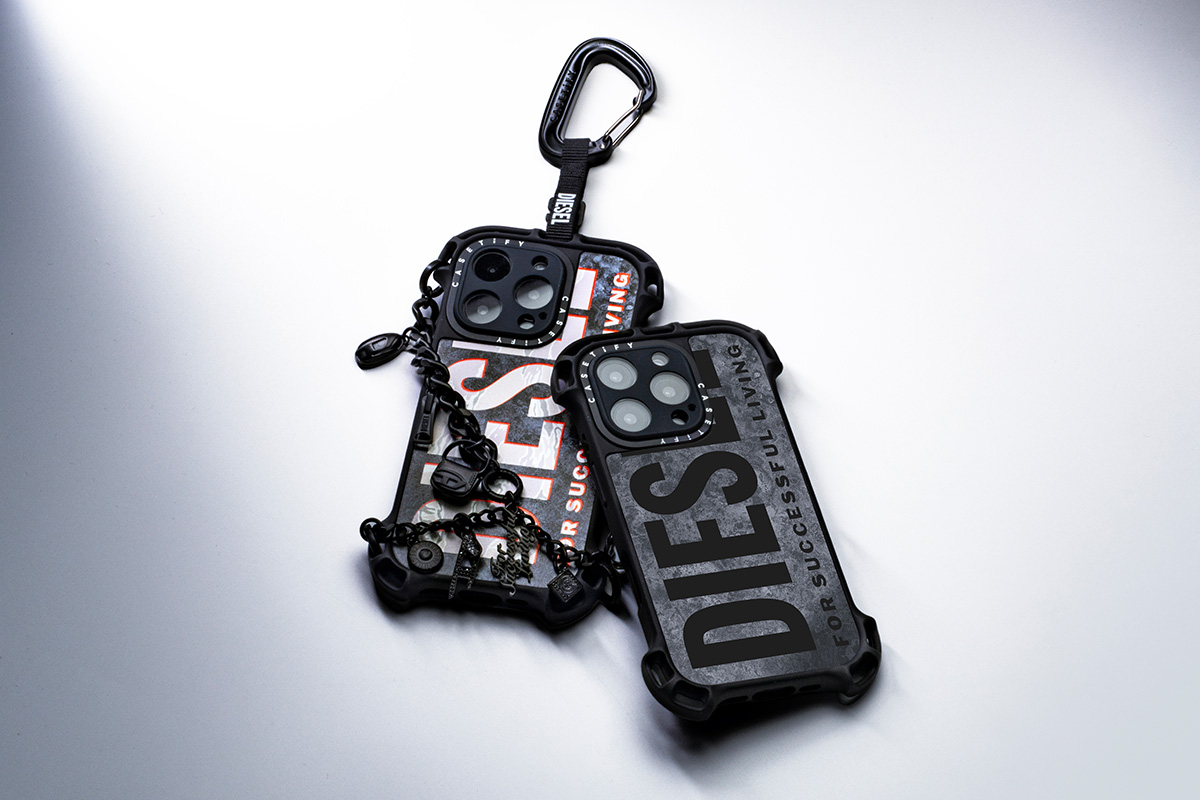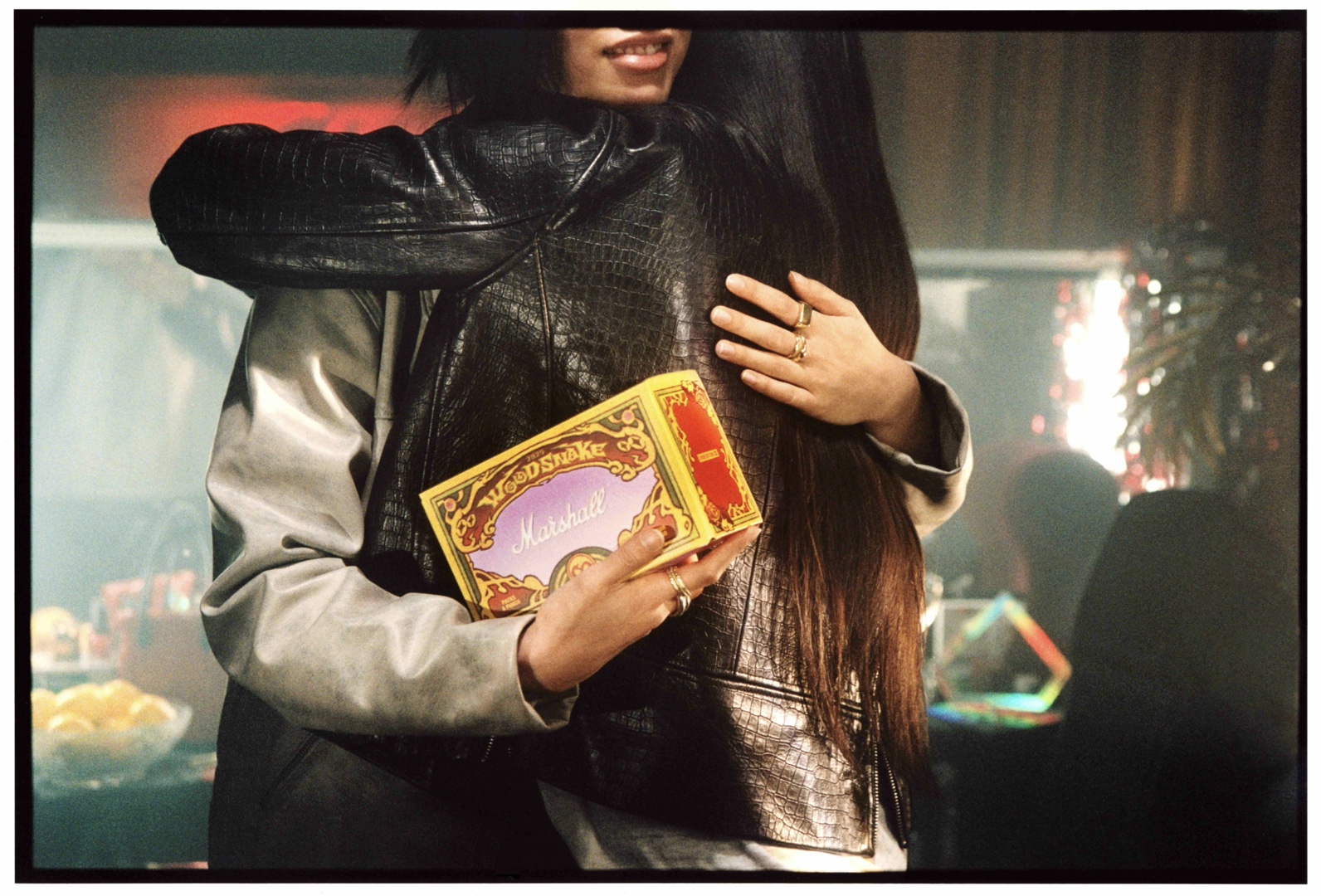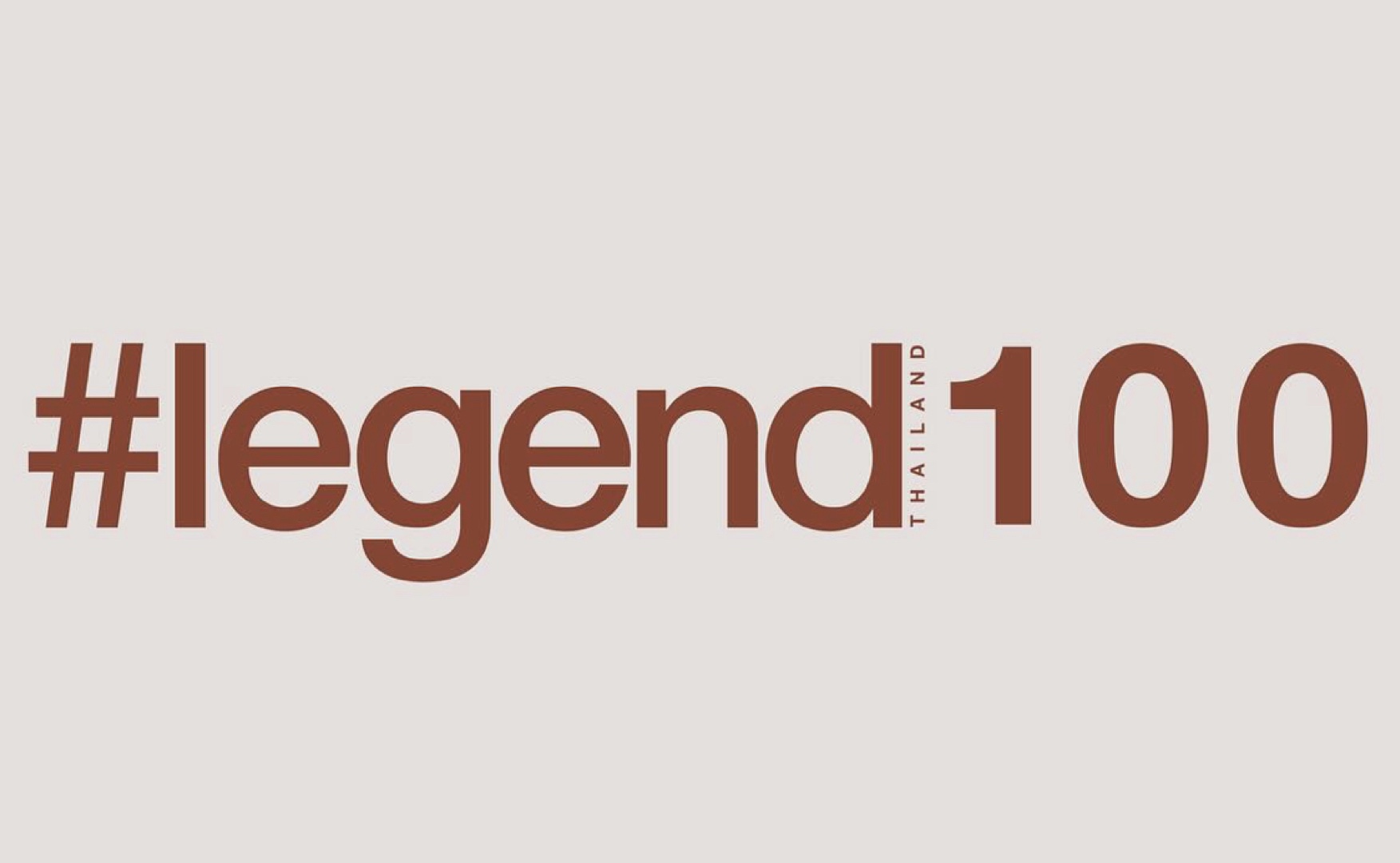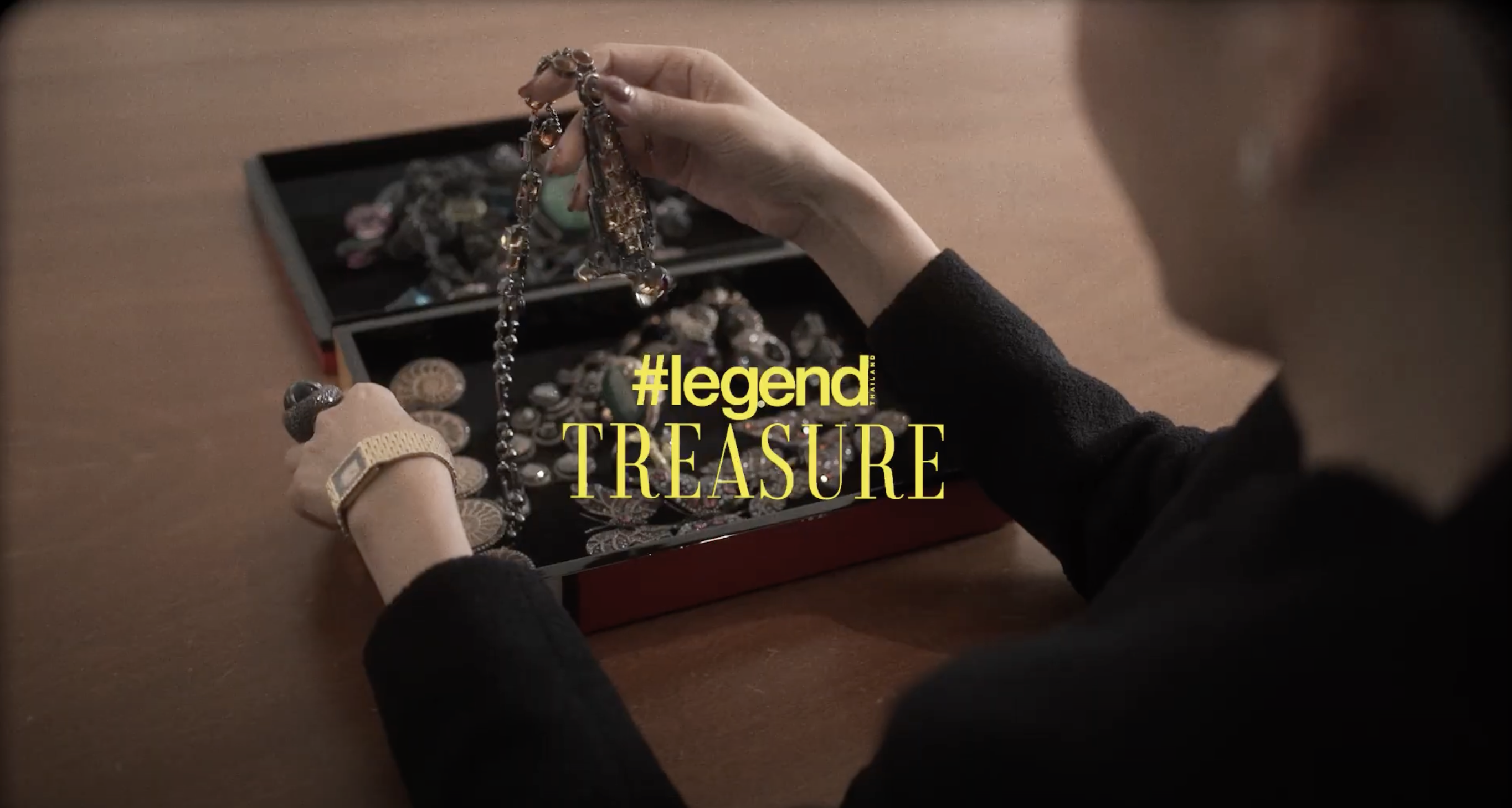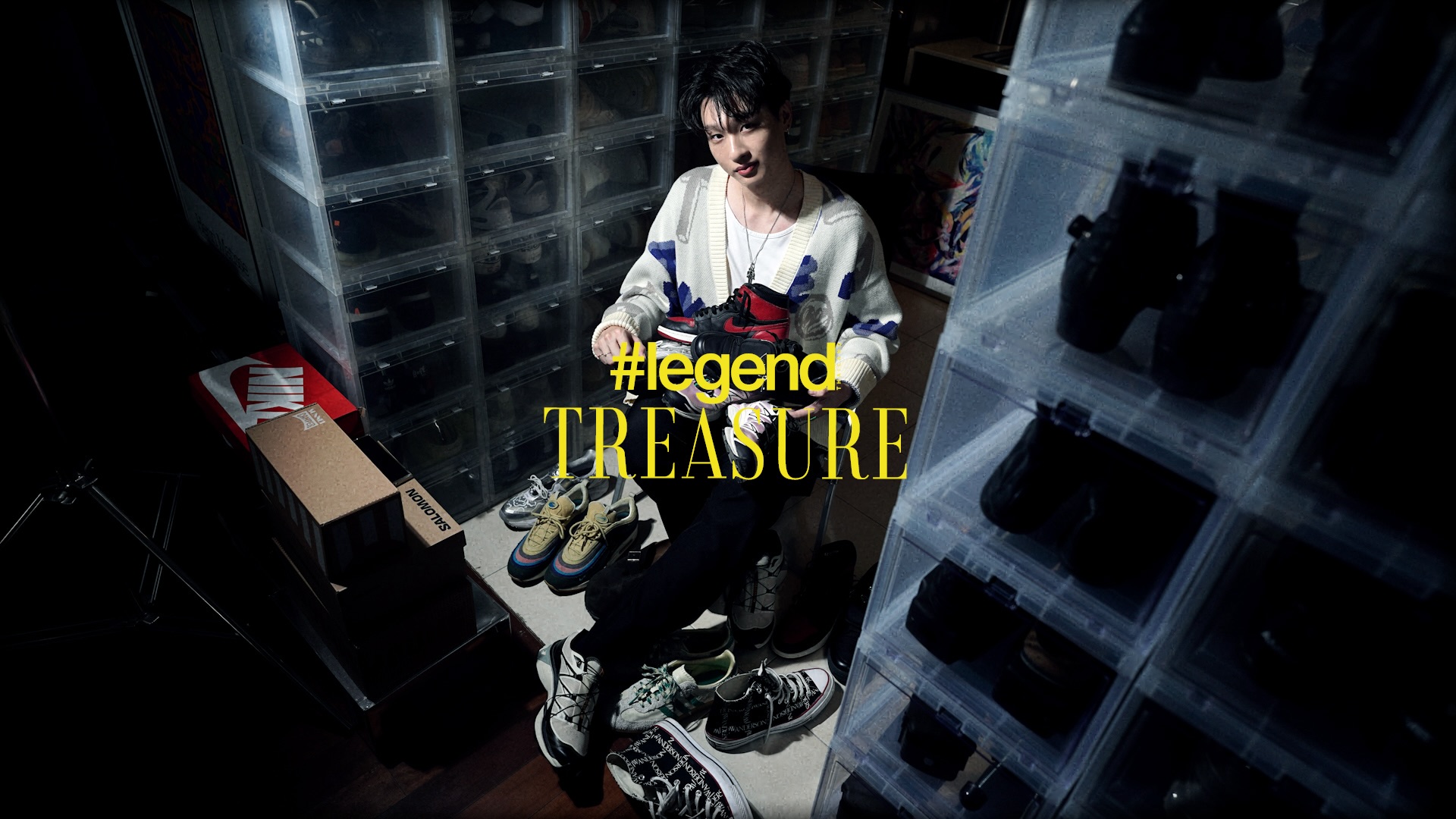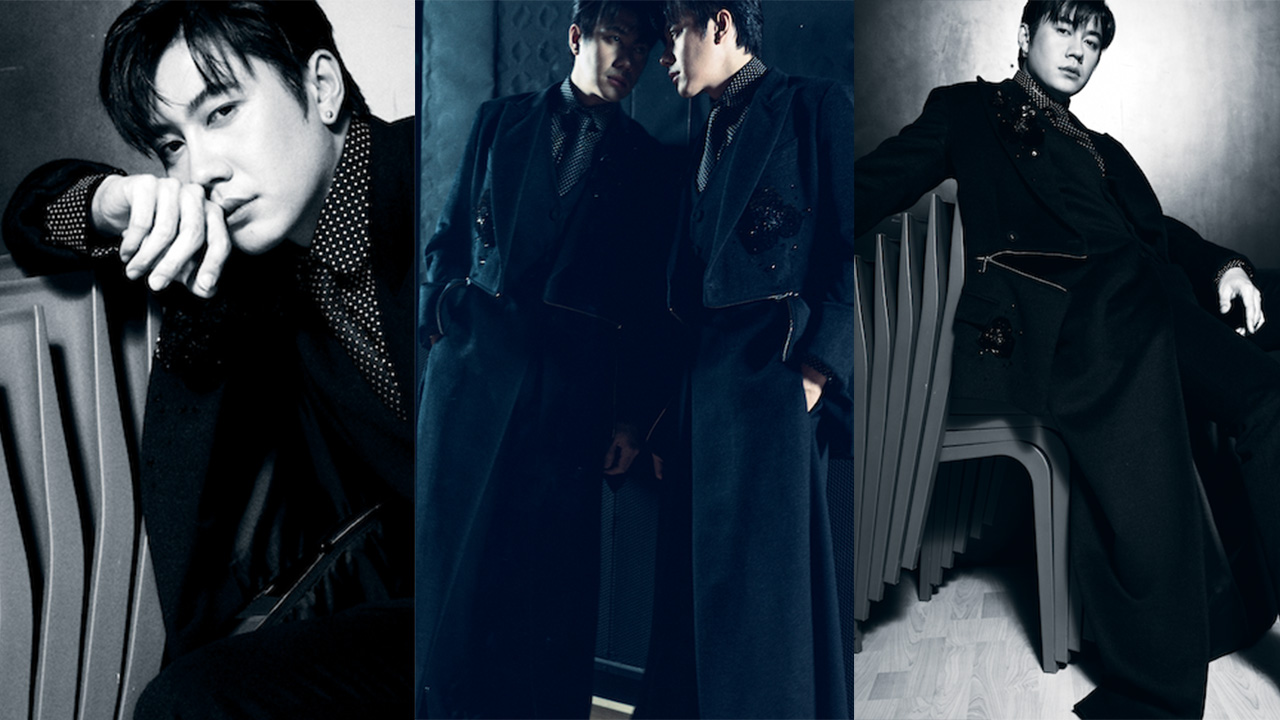A conversation with Porjai Akratanakul on pop culture and the Thai art scene
Author: Krissana Kochathamarat, Asst.Prof,Rewat Chumnarn, and Kantinan Srisan | Photographer: Somkiat Kangsdalwirun, The Parq, and Press
Apr 08, 2025
"...In the world of art, being a curator is like being a storyteller. Every selection of artwork and every exhibition presentation carries profound meaning and purpose. We invited Porjai Akkarthanakul, the curator of Bangkok Art Biennale (BAB), to share their diverse and challenging experiences within Thailand’s art scene. Particularly, we delve into their significant role in the growth and development of this world-class art festival, which has garnered recognition from audiences both domestically and internationally over the past several years..."
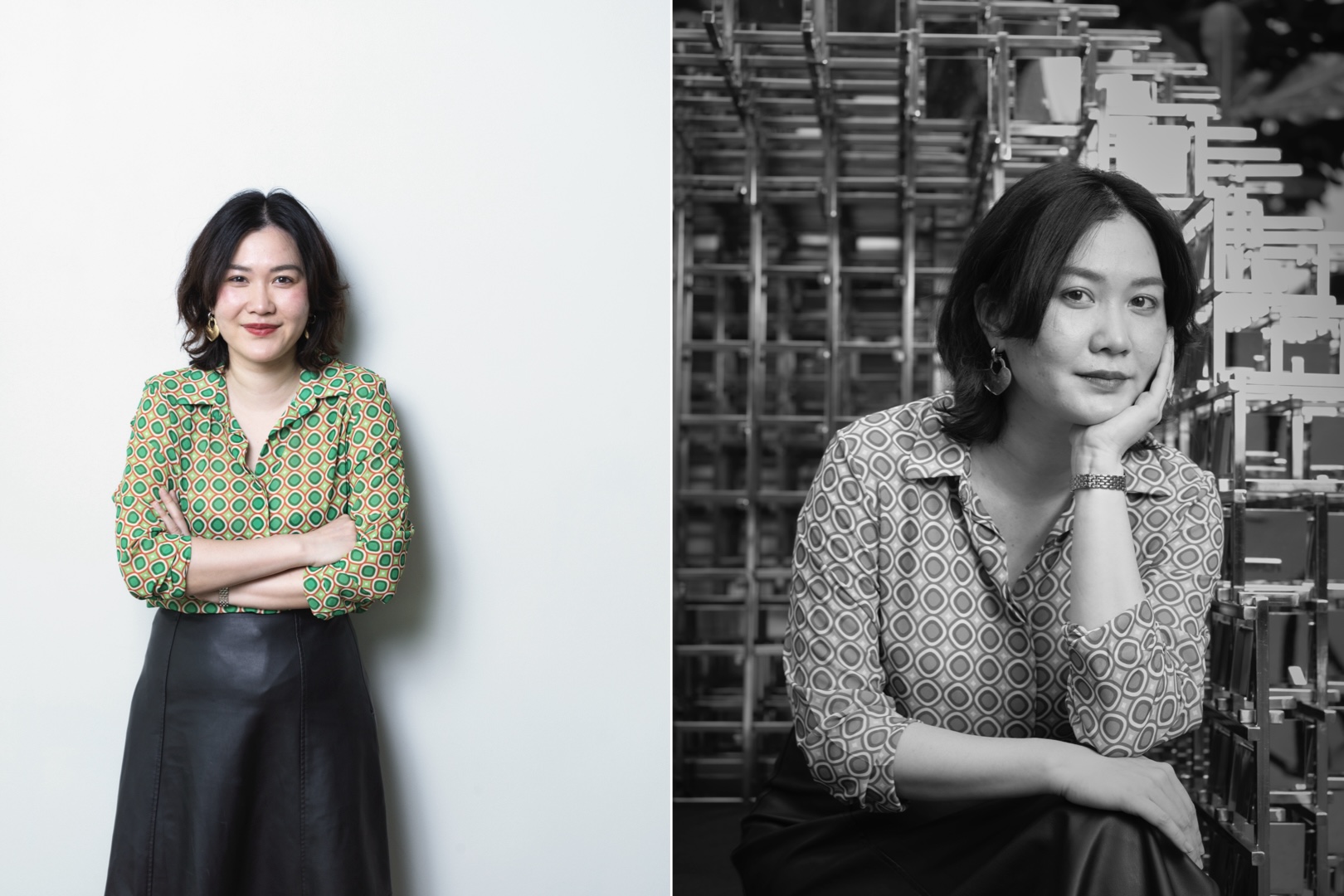
The Joy of Being a Curator at Bangkok Art Biennale
“The most exciting part is witnessing the behind-the-scenes process, which is full of intricate details and challenges. Not only do we select artworks from around the world to showcase, but we also collaborate with artists both locally and internationally. This constant exchange allows us to learn something new continuously. Additionally, the opportunity for artists to submit Open Calls to be part of the event is another highlight of BAB. It gives us a chance to encounter fresh, unique works from places in the world that we might not have known about or had access to before. ”
Obstacles and Challenges in Organising the Event
“One of the greatest challenges is working in public spaces, as we don't have a dedicated venue of our own. This means we have to collaborate with various space owners, such as the Bangkok Art and Culture Centre (BACC), or even organise exhibitions at places like Wat Pho. Each of these spaces has its own unique characteristics and usage. For example, Wat Pho serves both as a tourist attraction and a place of worship, which requires us to present art in a way that doesn’t disrupt the traditional atmosphere. At the same time, our goal is to provoke thought and spark new questions in the minds of the audience, creating a balance between preserving the original environment and stimulating intellectual engagement.”

The Success of BAB and the Growth of Thailand’s Art Scene
“The BAB event has achieved a significant level of success, especially in terms of audience reach. In the early years, people may not have been familiar with it, but over time, the number of visitors has grown substantially. Even though we are a relatively young Biennale compared to the world’s oldest, such as the Venice Biennale, we attract more viewers. However, I believe we still have room to grow. Having BAB as a catalyst has contributed to the development of the art scene, but there is still much work to be done in terms of refining our systems to ensure sustainable growth for the industry.”
Pop Culture and Its Role in the Art World
“In Thailand, we are seeing a growing trend of Art Toys. Collecting Art Toys has helped people become more familiar with art and has sparked an interest in contemporary art. The connection between art and pop culture, such as fashion or Art Toys, has made the art world more accessible to the general public. Art is no longer confined to museums or galleries; it can now be part of our daily lives.”
Art, Social Media, and the Adaptation of Curators
“We do not reject the use of social media in art, especially since we are a Biennale trying to communicate with people. We don’t mind if visitors take photos or post them on social media, as it allows them to engage with the art in their own way. However, we must not forget that art requires time for contemplation and understanding. Sharing images online is just the beginning. The real impact comes from the feelings and interpretations that viewers form when experiencing the work in person.”

New trends that curators and artists are paying attention to
“Currently, the use of AI in art is gaining a lot of attention. There are artworks being created using AI, and AI art is being auctioned by institutions at very high prices, sparking debates on whether AI will replace human artists. However, we view AI as a tool for creation, not something to be seen as a barrier. The use of AI in art is still a new question that we need to answer in the future, whether it will be a tool that enhances creativity or a potential threat to artists.”
Perspective for the Future of Thai Art
“It will definitely grow. In 2025, more new institutions are opening up. As someone working behind the scenes, we expect the art industry to grow, and along the way, we need to develop its ecosystem. This includes developing the audience, improving the behind-the-scenes professionals to work at a high level of expertise, and fostering work at an international level. This is crucial because without works, there is no space to experiment and create.”
Also See: Exclusive Interview: Keng Harit and his journey to pursue his dreams without giving up





